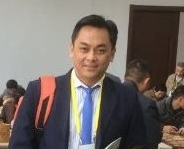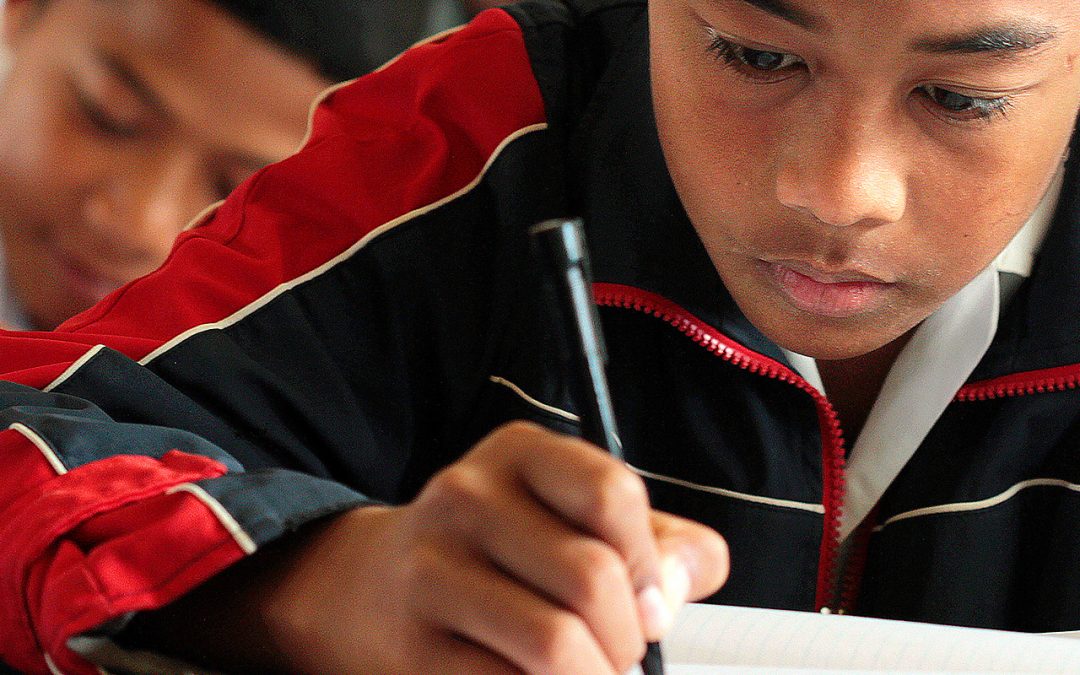The Philippines can really reap its demographic dividends if we train our youth properly now.
This was the message of Philippine Consul General and Charge d’Áffaires Frank Olea during his introductory remarks at the virtual lecture of Dr. Baby Jane Punongbayan on the causes and effects of natural disasters in the Philippines held in Vienna on 25 February 2022.

Commenting on that lecture, Mr. Olea said that it is an interesting topic not normally covered in traditional development studies. As a student of development, Mr. Olea admits he sometimes feels a tinge of envy when travelling or working overseas and seeing how much progress that country has accomplished in comparison to the situation in the Philippines. The country’s economic prospects for the future remains bright
„Notwithstanding our current level of progress, I am happy to share with you that our country is one of the most dynamic economies in the East Asian region, according to World Bank figures“, Mr. Olea said.
„For example, from 2010-2019, our average growth rate was at 6.4%. This is higher than our average growth rate from 2000-2009, which was at 4.5%“, he pointed out.
Despite the setback the country has experienced due to the Covid-19 pandemic, the country is slowly getting back on its feet and is well underway to moving up from its status of lower middle income country (at GNP per capita US$3,430) to middle income country (per capita GNP ranging from $4,096-$12,695) in the coming years.
The main variables behind The Philippine’s fast growth rate are the following:
- a large young population (at a median age of 25.7 years),
- a growing middle class, and
- the total size of our population at 110 million people.
A large population means a big domestic market. This is why our development model so far has been based on domestic consumption as opposed to other countries who focused on industrialization and exports.
However, we should not assume that our country will coast along to middle income status, Mr Olea said.
„We have to work hard because the demographic sweet spot we are currently enjoying may backfire on us in the coming decades if we do not train our youth to become productive members of society.“
Like other countries, the Philippines is also slowly ageing. The median age in 1985 was at 18.7 years, in 1990 it was at 19.2 yrs, in 2000 it was at 20.5 yrs old, and in 2020 it was at 25.7 yrs old.
„Having a productive workforce will put us on a continued path to progress. Otherwise, we face the prospects of having an unproductive workforce with an ageing society several decades from now“, Mr Olea said.
The moral of this development story is that the Philippines will reap its demographic dividends if it trains its youth properly today.


